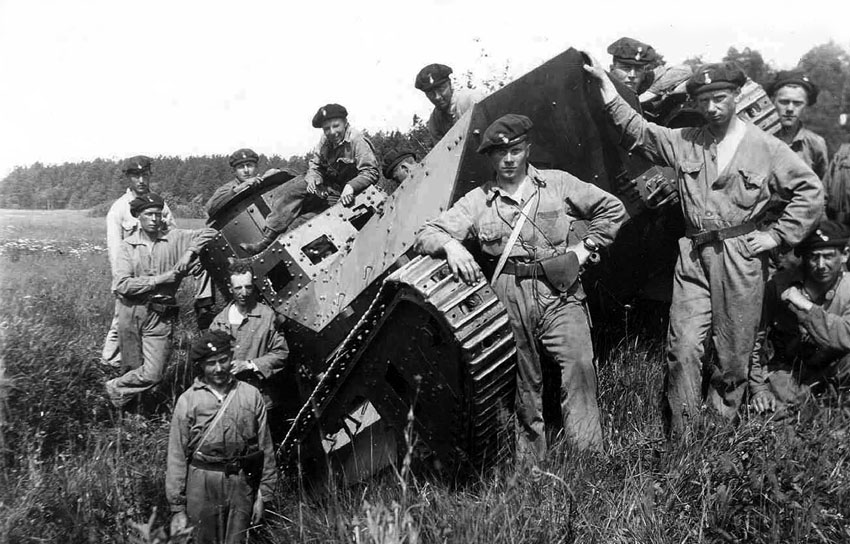

Nowhere is this truer than in my area of study, the Soviet-German War, 1941-1945. This is truer still when the contending forces have conducted sustained operations over long periods of time and have been subject to debilitating attrition. During wartime, army groups and armies are not always a fully uniform in their composition and strength and corps and divisions are not always complete. While general histories of the war and studies of separate battles and operations have correctly identified struggling army group, armies, corps, and divisions, they have done so in general terms, without examining the actual organization and condition of units subordinate to these formations. Until very recently, those orders of battle have not been available. To accomplish these tasks successfully, historians require detailed and accurate orders of battle describing the nature and composition of the forces fighting on contending sides.

Glantz (US Army, retired), author of To the Gates of Stalingrad: Soviet-German Combat Operations, April-August, 1942 and When Titans Clashed: How the Red Army Stopped Hitlerįor years, if not decades, historians attempting to describe accurately operational developments during World War II (1939-1945) and the Soviet-German War (1941-1945), in particular, have struggled to identify precisely who was doing what to whom, why, and to what end in these conflicts and to unravel the many mysteries associated with the conduct of complex military operations. This book will be of use to specialists as well as readers with a general interest in World War II.” - Colonel David M. Finally, together with recent Russian archival releases of Red Army orders of battle, McCroden’s and Nutter’s seminal work clears up many dilemmas that have vexed historians for years. Thus, the book makes a major contribution to our understanding of why the flow of combat developed as it did throughout the entire war. Tangentially, it also explains why German forces performed as stolidly as they did to war’s end. “ German Ground Forces of World War II is an essential tool in determining who was doing what to whom and, most important, why. reminding us of the important role independent researchers can make to the study of military history." - NYMAS Review "The contents are extensively documented, and at times the notes offer critical commentary on the available evidence. "A seminal work of extraordinary, detailed, and meticulously researched scholarship." - Midwest Book Review An accompanying narrative describes the career of each field formation and includes the background and experience of many of their most famous commanding officers.įor the first time, readers can follow the career of every German division, corps, army, and army group as the German armed forces shifted units to and from theaters of war, from the period of triumphant successes to the years of grinding defensive warfare and eventual defeat. Additional new ground is broken by also describing the orders of battle of the myriad German and Axis satellite formations assigned to security commands throughout occupied Europe and the combat zones, as well as those attached to fortress commands and to the commanders of German occupation forces in Eastern and Western Europe. This massive new reference work by McCroden and Nutter, broken up in sections including Theater Commands, Army Groups, Armies, and Corps Commands, presents a detailed analysis of each corresponding order of battle for every German field formation above division. Unlike similar works, these orders of battle are dynamic, and so account for the continuously changing character of Germany’s ground forces at war. German Ground Forces of World War II offers the first comprehensive order of battle for German ground troops throughout the Second World War, from the invasion of Poland on September 1, 1939, to the destruction of the last remnants of Germany’s Wehrmacht and Waffen SS in Berlin in 1945. The ultimate reference guide/ OOB you have been waiting for. With a lengthy and very special Foreword by award-winning WWII author Col.
#German replacement army axis history forum full#
Working from primary German documents as much as possible, sources practically primary in nature (such as Tessin), and secondary sources ranging from extremely important to rather tangential, the authors have assembled what must rank as the most complete OB for German headquarters published on paper in English." Click HERE for the full review. have accomplished that seemingly impossible task. David GlantzįROM STONE & STONE: " After decades of effort, William McCroden and Thomas Nutter.


 0 kommentar(er)
0 kommentar(er)
